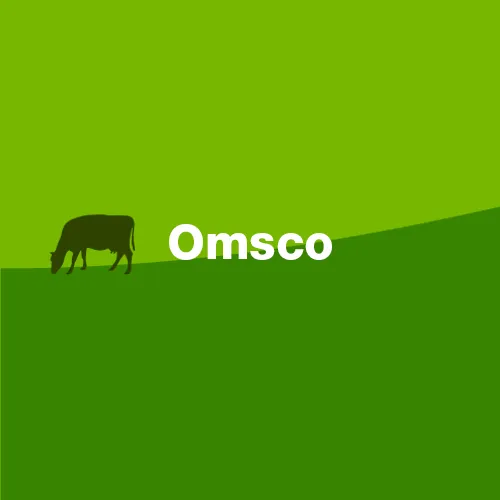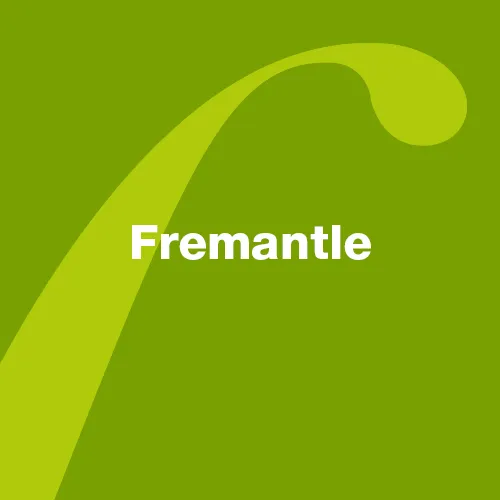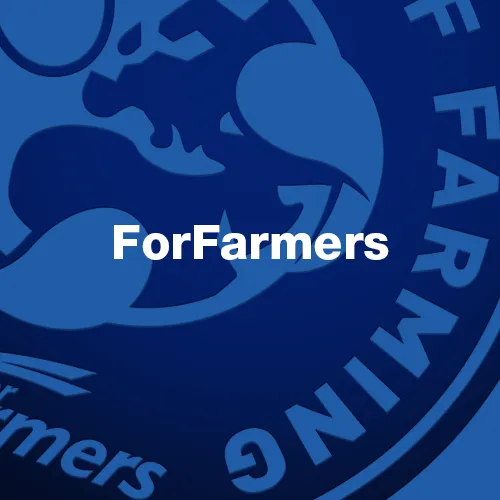
Ditch the survey, do the research
Every time I meet a client and they tell me they’ve done research and then mention the survey, my heart sinks. It’s not that I have a deep prejudice against surveys – used in the right context, they have an important role to play but they mistakenly seem to be becoming the bedrock of a company’s research plan.

This is partly the rise of programmes such as Survey Monkey – they make running a research initiative so cheap and easy, that even someone with no experience can seemingly run a competent exercise. And therein lies the problem, if you don’t fully understand research, if you don’t know your ‘qual’ from your ‘quant’, your ‘whats?’ from your ‘whys?’ or your questionnaire from your discussion guide, how can you be expected to create, run and analyse a meaningful piece of research. One which will tell you precisely what you need to know and help you make right decisions for your organisations going forward?
Have you ever got frustrated filling in a questionnaire? If you’re like me, five point scales included, or not, I find that as soon as a survey steers away from purely factual questions into the more emotive, I want to give up. My answers just don’t fit so, I end up approximating or just rushing through, providing any old answer. That kind of research is no more helpful than no research at all.

Surveys are great when they stick to facts so, if you want to know how people travel to your outlet, how many holidays they take each year, what they watched on television last night, or the colour of their hair, they’re perfect. They allow you to find out what I refer to as the ‘whats?’, easily and cheaply. The problem is when they try to move on to the deeper issues of behaviour, perception, belief and emotion (the ‘whys?’). Research organisations will tell you that they can deal with these deeper issues effectively in surveys, through all sorts of clever innovative techniques but the blunt truth is, that although this can go some way to helping uncover deeper and latent thoughts and feelings, it is simply never as effective as the traditional method of having a conversation. Technology is fantastic but we need to ensure we use it to help us and add to our knowledge not use it as a poor substitute for human interaction, simply because it is cheaper and more convenient.

The other problem is numeric, many people seem to think market research should reflect scientific research, yet these are very different beasts. Desperate as we are, no sane person would take a Covid-19 vaccine that relied merely on a promise without any proof of success through extensive trials. However, in market research we are not dealing with a straightforward scientific case of cause and effect – something which can be objectively proved. We are dealing with human behaviour in all its complexity, with all the varied experiences and contexts we each have. That means unless we understand why people behave in a particular way, what drives them to buy one pair of shoes rather than another or, watch Love Island rather than Bake Off, we can never be truly sure of our predictions no matter how large a sample we take. We just won’t have the understanding or insights we need to make the changes and developments our organisations need.
You don’t need big numbers in qualitative research, what you need is to drill down to find out and understand people’s motivations – why do they think this or behave like that. When you are trying to shape the future of your business, develop a new product or service, fine-tune your communications or simply engage and motivate your staff, understanding behaviour, motivation and emotion is critical.
And you won’t understand any of this deeply enough through a survey – you need to enter into a dialogue. This is how you get beneath their skin so that you understand their deeper thoughts and feelings, not just the ones that are top-of-mind. It’s really not simply a question of numbers as the following example shows. Several years ago, we conducted a project for what is now a large multi-national. We were pitching, we ran just one focus group with what we had identified as a key segment of their target audience. We discussed the hypothesis that we had developed with them, which was that the organisation was focusing on the wrong communications as it was stressing the amazing new (and largely incomprehensible) technology they had been the first to develop, rather than the simple benefit it gave – which was ease of communication / keeping in touch. The research worked, our findings supported our hypothesis. We won the pitch, the organisation changed its course taking on a more emotional benefit-led communications strategy focused on the emotions surrounding connectivity and hasn’t looked back. Now I am not suggesting that you will always get a clear strategy from one group, but it serves to underline the point that done well, it is possible to glean a significant amount of valuable information from a small number of conversations. It’s depth not quantity that matters in research.

Conversation is key. This is true whether you are trying to inspire and engage your staff, understand how to improve your communications strategy or evaluate a new product or service. These are all projects with ‘shades of grey’, in other words there is no one simple straightforward answer, it is not a question of right or wrong but of propensity swathed in the vagaries of human perception.
Qualitative research works well because it is discursive. People like being consulted, giving their opinions and discussing issues, because it makes them feel involved and valued. Working for a large UK chain with a number of different businesses, we ran workshops throughout the country in all sorts of unlikely places such as distribution centres, warehouses, funeral parlours and small stores. It was some of the most productive and insightful research we have ever done. These staff were in roles that rarely got included in staff engagement pieces, they were not often consulted but left to get on with their jobs in their own, somewhat distant worlds. The fact that their organisation had hired outside resource to speak to them made them feel great. They were thrilled. They enjoyed the sessions, worked hard and participated willingly. In short, because it was based on direct interaction, it was a highly effective engagement and insight initiative.
In truth, face-to-face research is potentially one of the most important tools in an organisation’s professional armoury. Successful leaders rarely forget this. Richard Branson was well known for turning up out of the blue to experience Virgin planes, trains or other services. He did this because he knew the golden rule – never forget who your customer is or why they buy from you. He wanted to experience it for himself. Of course, it’s not always possible to do this – even in today’s more relaxed working environments, staff are not always comfortable giving their unedited opinions to their managers. So, it’s useful to be able to use professional outsiders who will ensure that you get the true picture ‘warts and all’ and can help you turn that insight into constructive recommendations for action.
Companies sometimes shy away from hiring external research expertise because they worry about both the cost and the complexity. There are an awful lot of different research outfits around and they are all trying to stand out and look special, which invariably means that they confuse their audience with a complex array of different terms and specialist language.
It doesn’t have to be like this. We have three golden rules of research, which sound very straightforward and are but too often seem to be forgotten or ignored. They are:

And that’s it. The three golden rules for excellent research. It’s really that simple. If you follow those rules you will not go wrong. But of course, simplicity is often the hardest thing to achieve. As Leonardo da Vinci said “Simplicity is the ultimate sophistication”. Sometimes it takes a lot of experience to be able to weed out the extraneous and focus clearly on the necessities.
So, if you find you need some help, don’t worry, just drop us a line or pick up the phone. We’d love to share some of our experience with you so that you can get the results you need.















